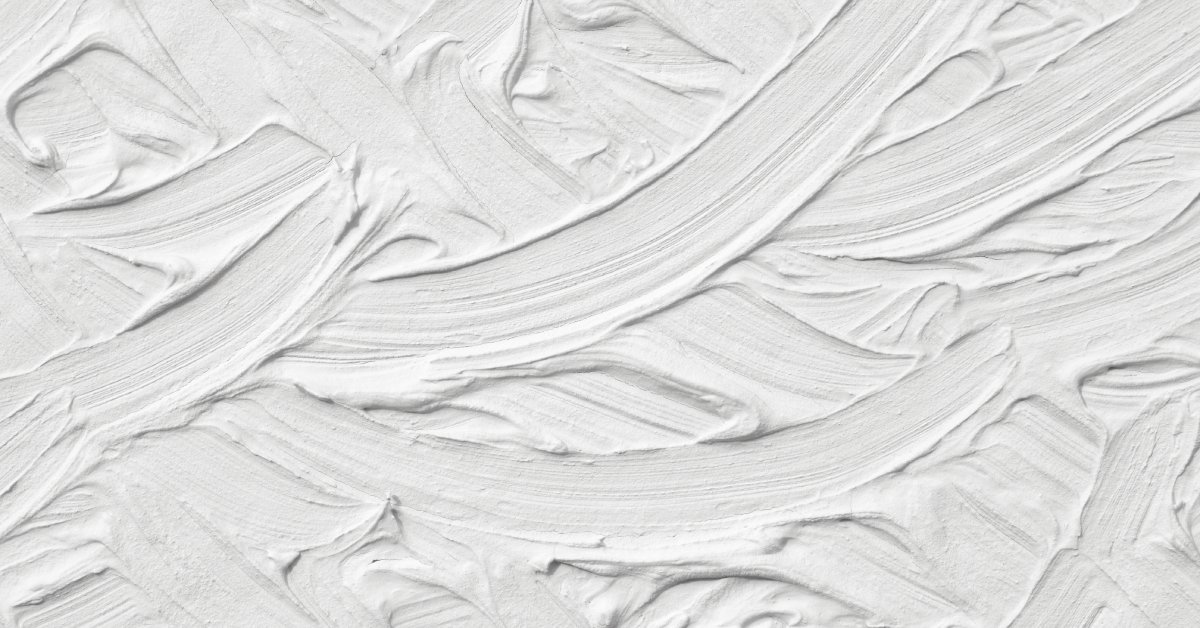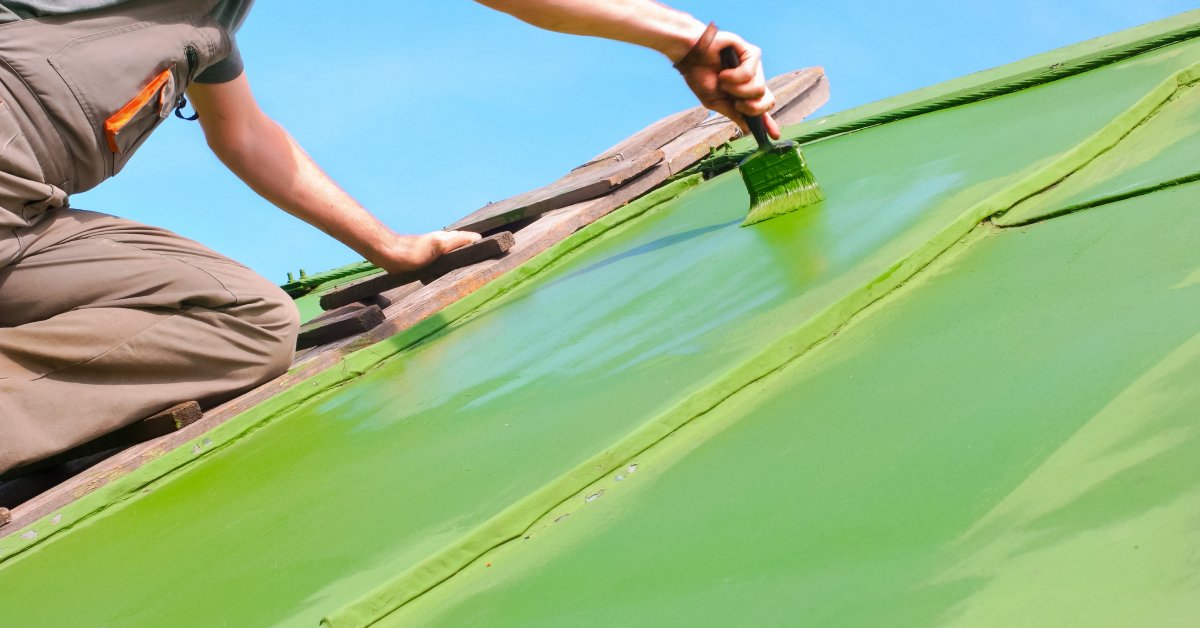Choosing the right exterior paint for your project is an important decision that goes beyond just picking the perfect color. Exterior paint serves as the first line of defense against harsh weather conditions, UV rays, and time. To achieve a professional-quality finish, you need to understand the different types of exterior paints and finishes available, as each offers unique properties and benefits tailored for specific surfaces and needs.
Acrylic Paint
Acrylic paint is one of the most popular choices for exterior projects, and for good reason. The paint is water-based, making it easy to clean up, and it’s incredibly durable, providing long-lasting protection against the elements. Acrylic paint is highly resistant to fading, even under constant exposure to sunlight, and its flexibility allows it to expand and contract with temperature changes.
This resistance means the paint is less likely to crack or peel over time, even in fluctuating weather. It works especially well on wood, masonry, and stucco surfaces, making it a versatile choice for a variety of projects. Plus, its quick drying time ensures faster project completion.
Latex Paint
Latex paint is another excellent water-based option that offers great coverage and easy application, making it a go-to for many exterior projects. Its versatility allows it to work well on surfaces such as wood, concrete, and brick, ensuring a smooth finish every time. Latex paint has a low odor and quick drying time, making it convenient for both DIYers and professionals.
Additionally, this paint option is low in volatile organic compounds (VOCs), which makes it an eco-friendly choice that minimizes environmental impact while maintaining high performance. Perfect for families looking to reduce their carbon footprint, latex paint is a practical and sustainable option.

Oil-Based Paint
Oil-based paint is best known for its smooth, long-lasting finish and exceptional durability, making it ideal for surfaces subject to heavy wear and tear. This paint is particularly well-suited for doors, trim, and other high-traffic areas where toughness is required.
Although oil-based paint takes longer to dry and has a stronger odor compared to water-based options, its resistance to scratches, stains, and moisture makes it a reliable choice. Keep in mind that oil-based paint requires proper ventilation during application and specific solvents, such as mineral spirits, for cleanup. Despite these considerations, its superior longevity often makes it worth the extra effort.
Elastomeric Paint
Elastomeric paint has extreme durability and flexibility, providing a thick, weather-resistant coating that can withstand challenging conditions. Its unique formulation allows it to expand and contract without cracking, making it perfect for areas with significant temperature fluctuations. Additionally, elastomeric paint is capable of sealing small cracks and imperfections on surfaces such as stucco, brick, and masonry.
In regions prone to heavy rainfall or harsh weather, elastomeric paint is a lifesaver, offering superior waterproofing and protection against the elements. This type of paint is a fantastic choice for homeowners seeking long-term reliability.
Primer Paint
Primer serves as a crucial preparatory layer that enhances paint adhesion, improves coverage, and extends the lifespan of your topcoat. This is especially important for bare or porous surfaces, such as new wood or unpainted drywall, as well as for transitioning between drastic color changes.
Primers create a smooth, uniform base that helps the paint apply more evenly and reduces the number of coats needed. Whether you’re working with water-based or oil-based paint, selecting a compatible primer is essential for achieving professional results.
Flat/Matte Finish
A flat or matte finish offers a non-reflective surface that helps conceal imperfections, making it ideal for older or uneven exterior walls. While it creates a sophisticated and understated look, this finish is less durable than other finishes and may not hold up well on surfaces subject to heavy cleaning or wear.
Flat finishes are best for areas with minimal exposure to dirt and grime, such as ceilings or sheltered walls. For those looking to achieve a smooth, elegant appearance without highlighting flaws, matte paint is a great choice, though it may require more frequent touch-ups.
Satin Finish
Satin finish strikes a perfect balance between subtle sheen and durability, making it one of the most versatile choices for exterior walls. Its soft, velvety appearance gives a refined look to both contemporary and traditional homes. Satin is more practical for outdoors, resisting mildew, dirt, and fading.
This finish is easy to clean and maintain, which is particularly beneficial for families or high-traffic areas. Whether you’re painting siding, walls, or trim, satin paint offers a polished yet resilient option.
Semi-Gloss Finish
Semi-gloss finishes are ideal for doors, trims, and window frames, as they provide a durable, easy-to-clean surface with a slight shine. This finish enhances architectural details, making them stand out while also offering excellent resistance to moisture and wear. Semi-gloss is especially beneficial for areas of frequent use, as it can handle scrubbing and cleaning without losing its sheen.

Waterproof Paint
Waterproof paint is specifically formulated to protect surfaces exposed to constant moisture, such as foundations, basements, and areas prone to water intrusion. Its robust properties prevent mold and mildew growth while safeguarding against water damage. Waterproof paint is an excellent solution for regions with heavy rainfall or homes with water-sensitive exterior structures. By creating a protective barrier, this paint ensures your surfaces remain intact and visually appealing for years to come.
High-Performance Paint
High-performance paint is for projects that demand exceptional protection, such as industrial or commercial buildings. However, you can also use it for residential projects in extreme climates or high-traffic areas. These paints are incredibly durable and are able to resist fading, harsh weather, chemicals, and abrasions.
While they may carry a higher price tag, high-performance paints provide unmatched reliability, ensuring your surfaces remain protected and vibrant even in the toughest conditions.
Heat-Resistant Paint
Heat-resistant paint is ideal for exterior surfaces regularly exposed to high temperatures, such as barbecue areas, chimneys, or exhaust ducts. Its specialized formulation prevents discoloration, chipping, or degradation caused by heat, offering both protection and aesthetic value. Heat-resistant paint is a practical solution for adding durability and style to areas that would otherwise face damage from intense heat.
Textured Paint
Textured paint not only adds character to your exterior walls but also helps hide surface imperfections such as cracks or uneven surfaces. It creates a unique, tactile finish that can enhance the visual appeal of your home, making it stand out. Additionally, textured paint reduces glare and improves grip, which can be especially useful in industrial applications or for homes.
Selecting the right exterior paint type and finish is essential for creating a durable, attractive, and protective coating for your property. By understanding the various types of exterior paints and their finishes, you can make an informed decision.
Here at Stuc-O-Flex International, we can help you get the paint that’s right for your project, and that’s likely going to be elastomeric stucco paint. When you want an exterior paint and finish that are durable and can stand the test of time, you’ll want Stuc-O-Flex International on your side.


Leave a Reply